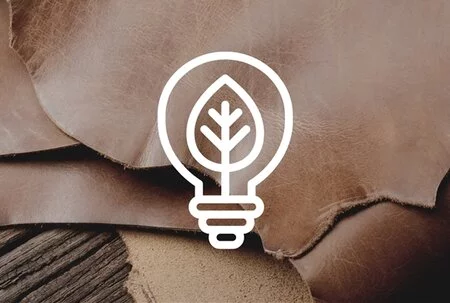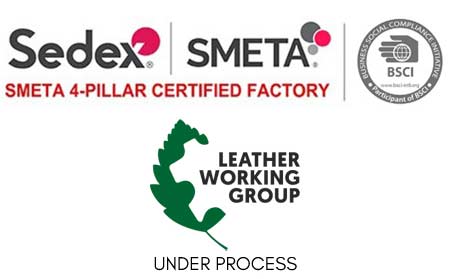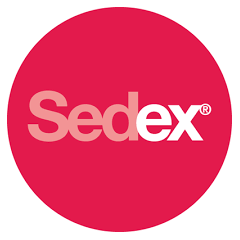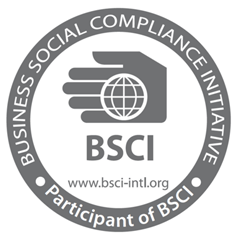 With growing demand for more environmentally friendly products and services, more businesses turn to sustainable leather made by responsible manufacturers.
With growing demand for more environmentally friendly products and services, more businesses turn to sustainable leather made by responsible manufacturers.
Today’s consumers are more mindful than ever before, and they expect the brands they purchase from to provide more —they want environmentally friendly products from ethical, transparent brands. And this trend doesn’t show any signs of slowing down.
As a result, the leather industry has been wrestling with the impact of leather production on the environment and how to address the challenges faced by most global supply chains in the modern age. But this isn’t a new consideration – global brands and environmental certifications have been driving these changes for some time.
But first, what is Sustainability?

The 1987 ‘Our Common Future’ report, published by the World Commission on Environment and Development, defines sustainable development as meeting the needs of the present without compromising the needs of future generations. Whilst this definition has been widely adopted, there is no standard definition or framework for sustainability that can be applied to all countries or systems.
Leather Sustainability Criteria
In terms of what that means for the leather industry, UNIDO’s 2019 Framework for Sustainable Leather Manufacture’ report defines the following areas of focus when considering leather sustainability:
- • Resources (hides/skins, chemicals, water, energy)
- • Emissions generated during the production process (solid, liquid and gaseous wastes)
- • Quality and appeal of the final product, durability
- • Product use after end-of life



